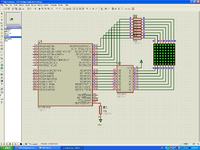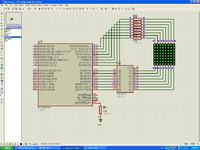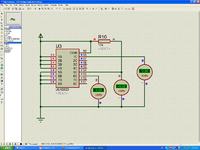lloydi12345
Member level 4
I'm interfacing an 8x8 LED Matrix Dot Display for showing characters and made them successfully however I would like to redesign my schematic since it's involved with more components. I believe the simpler is the better. Here's my schematic:
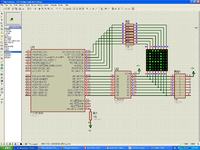
I've seen design that connects their COM pin to Ground and the rows are directly connected to the darlington arrays with no resistors. How can I do this? I tried grounding my uln2323's COM pin but when I produce any logic values the output of ULN2323 still stays ground. Here's what's happening:
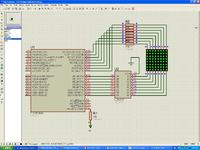
I would like to base my design to this design.
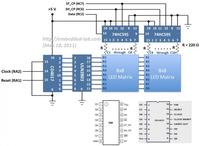
Thanks and regards :razz:,
lloyd

I've seen design that connects their COM pin to Ground and the rows are directly connected to the darlington arrays with no resistors. How can I do this? I tried grounding my uln2323's COM pin but when I produce any logic values the output of ULN2323 still stays ground. Here's what's happening:

I would like to base my design to this design.

Thanks and regards :razz:,
lloyd
